THE VIDEO DOCUMENTARY
The Extension by King Fahd in yr. 1405-1414 Hijrah (1984-1994 CE)
Duration of Video : 1 hr 1 min 25 sec
This is the biggest extension in the history of Masjid an-Nabawi. New Extension: 82,000 sq. meters The masjid can accommodate up to one million worshippers in the Ramadan & Hajj seasons
Masjid An Nabawi
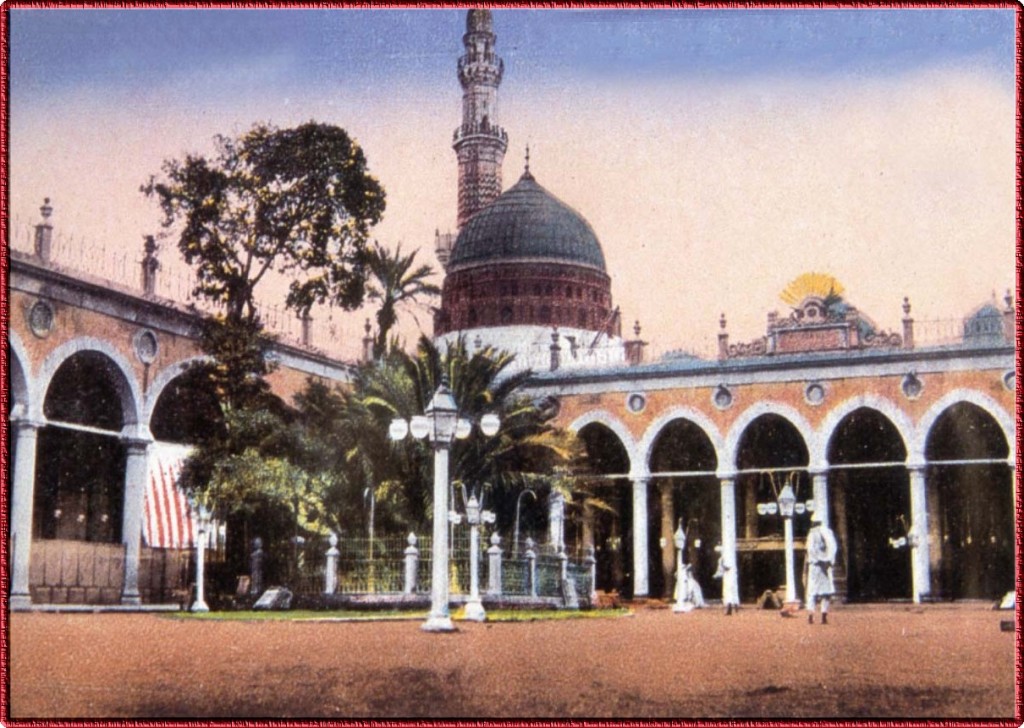
The Prophet Muhammad (pbuh)’s Mosque in Madinah is the second most revered place of worship for Muslims around the world. Millions of Muslims visit the Mosque each year, to worship, to visit the Prophet’s grave, and to see the city that gave birth to Islam. This pilgrimage is not mandatory as is the one to Makkah, but nevertheless popular. It is important to remember, however, that a visit to the Prophet’s grave is not in any way to worship or revere him, but to commemorate his role as God’s messenger, and to remind Muslims of his mortality and humanity.
The Prophet Muhammad(pbuh)’s Mosque was the first institution to be built following Prophet Muhammad(pbuh)’s migration in 622 AD from Makkah, where he was born, to the town of Yathrib, which became known as Madinah. Surrounded as it was by the shops and stalls of all kinds of merchants, the new mosque soon became the political and economic as well as the spiritual nucleus of the city, and played both a practical and a symbolic role in unifying the citizens, ultimately providing a solid foundation from which the Prophet and his companions could set forth and establish the Islamic state.
According to history, the manner in which the Prophet(pbuh) decided on its location, was to let his camel loose, and choose the site where it finally stopped to rest. The entire Muslim community, both the residents of Yathrib and those who had migrated from Makkah with the Prophet(pbuh), participated in the construction of this first mosque, which was simply an open courtyard about 805 square meters in area surrounded by a wall made from bricks and tree trunks. On the eastern side apartments were built to house the Prophet(pbuh) and his family.
By 629AD the Prophet(pbuh) had enlarged the area of the mosque to 2,475 square meters. Under the first four Caliphs, Madinah and the Mosque where the Prophet(pbuh) was buried continued to be the seat of government, reinforcing the synthesis of religion and governance in the Islamic state. The first two Caliphs, Abu Bakr(ra) and Umar(ra), were buried next to the Prophet(pbuh) in the place that had originally been the Prophet(pbuh)’s home, and which today is covered by the famous green dome of the mosque.
Masjid an-Nabawi, the final resting place of Prophet Muhammad (peace be upon him) is the second holiest place in Islam after the Masjid-ul Haram in Makkah.
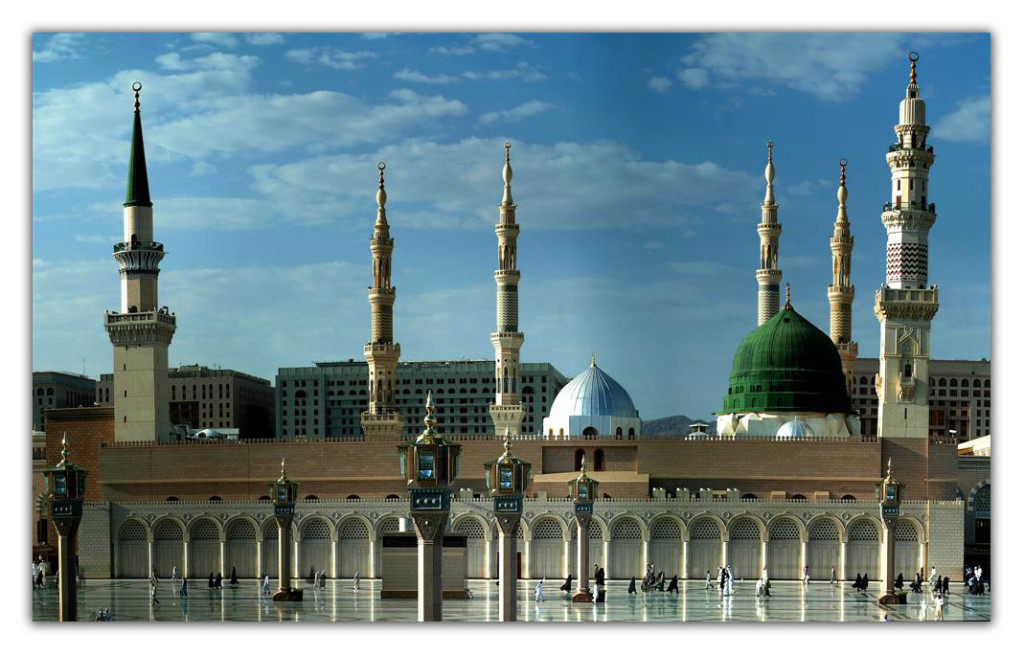
The latest renovations of Masjid an-Nabawi under the late King Fahd (1921-2005) have greatly increased its size, allowing it to hold more than half a million worshippers, and added modern comforts like air conditioning.
The mosque has a rectangular plan on two floors with the Uthmaniyyah prayer hall projecting to the south. The main prayer hall occupies the entire first floor. The mosque enclosure is 100 times bigger than the first mosque built by the Prophet.
The mosque has a flat paved roof topped with 24 domes on square bases. Holes pierced into the base of each dome illuminate the interior. The roof is also used for prayer during peak times, when the 24 domes slide out on metal tracks to shade areas of the roof, creating light wells for the prayer hall.
At these times, the courtyard of the Ottoman mosque is also shaded with umbrellas affixed to freestanding columns.
The north facade has three evenly spaced porticos, while the east, west and south facades have two. The walls are composed of a series of windows topped by pointed arches with black and white voussoirs.
There are six peripheral minarets attached to the new extension, and four others frame the Ottoman structure. The mosque is lavishly decorated with polychrome marble and stones. The columns are of white marble with brass capitals supporting slightly pointed arches, built of black and white stones. The column pedestals have ventilation grills that regulate the temperature inside.
This shiny new Prophet’s Mosque contains the older mosque within it. The two sections can be easily distinguished: the older section has many colourful decorations and numerous small pillars; the new section is in gleaming white marble and is completely air-conditioned.
The most notable feature of the Prophet’s Mosque is the green Dome of the Prophet, which rises higher among the sea of white domes.
This is where the tomb of the Prophet is located; early Muslim leaders Abu Bakr and Umar ibn al-Khattab are buried in an adjacent area as well.
At the heart of the mosque is a small, special area named ar-Rawdah an-Nabawiyah (The garden of the Prophet), which extends from the tomb of the prophet to his pulpit.
Ar-Rawdah has two small gateways manned by Saudi soldiers charged with preventing overcrowding. The green fence at the tomb of the Prophet is guarded by volunteers; they stop pilgrims from touching the fence, a gesture of worship regarded as idolatry.
The structure called Muhammad’s pulpit is also guarded by a volunteer, who attempts to keep pilgrims from touching the pulpit. The current marble pulpit was constructed by the Uthmaniyyah caliph, replacing the original palm wood structure.
The original mosque was not that large, and today it exists only as a small portion of the larger compound. From 1925, after Madinah surrendered to Ibn Sa’ud, the mosque was gradually expanded until 1955, when extensive renovations were carried out.
The mosque is located in what was traditionally the centre of Madinah, with many hotels and old markets nearby. It is a major pilgrimage site and many people who perform the haj later go on to Madinah to visit the mosque.
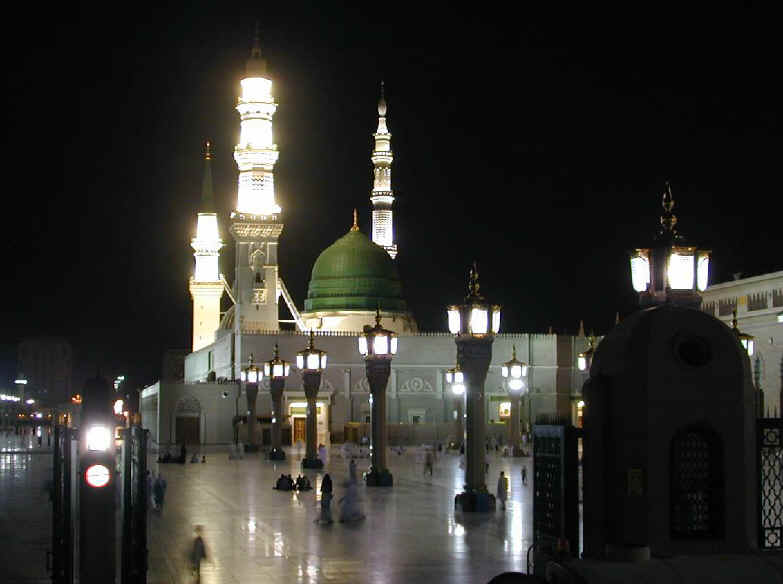
In 1998, a Canadian folk-song writer and singer, Dawud Wharnsby Ali, released a nashid or Islamic song about Madinah which beautifully draws the city. It goes:
“There was merriment and joy, a smile on the face of every girl and boy. The streets of Yathrib (the old name of Madinah) welcomed in the prophet of Allah, Muhammad, sallallahu alayhi wa salaam.“A full white moon shone down upon the land, rising from the valley between hills of sand. Being grateful to Allah was the Prophet’s demand, spreading peace through the streets of Madinah.“Now the narrow winding roads are so full of history, streets shake with the azan (prayer call) from Masjidun-Nabi. I feel the shadow of the prophet gently cooling me as I walk through the streets of Madinah.“The man who reads Quran ‘neath a date palm tree, and the smile from the child on the street selling tea, enchant me with their beauty and their simplicity, as I walk through the streets of Madinah.“Al Madinatul Munawarah, Oh enlightened city! Al Madinatul Munawarah, even in my sleep you call to me.“Time has hurried by, time has travelled on so fast and though wisdom and truth will always last. I wish, I wish, I wish that I could climb into the past and live with the Prophet in Madinah.“Madinatun-Nabi, Madinatun-Nabi, the city of the prophet is like home to me. I’ll travel through the world but I doubt that I will see a city with such wonder as Madinah.“My heart is never far from the home of the Ansar and the city of the prophet, al-Madinah.”
Also Read:
Prophet Muhammad (SAW)
Prophet Muhammad (SAW) : The Most Noble Character
Prophet Muhammad (SAW) : The Last Sermon
Prophet Muhammad (SAW) : The Farewell Pilgrimage
Prophet Muhammad (SAW) : Eternal Rest
The Journey of Faith – Umrah in Ramadan
 navedz.com a muslim's Quest for the truth
navedz.com a muslim's Quest for the truth



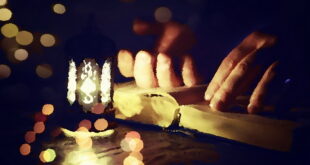
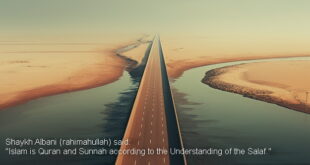
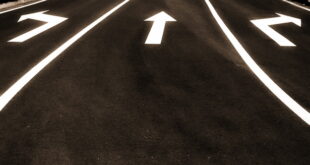
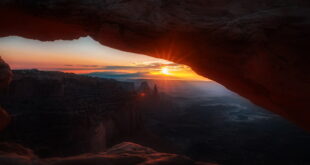
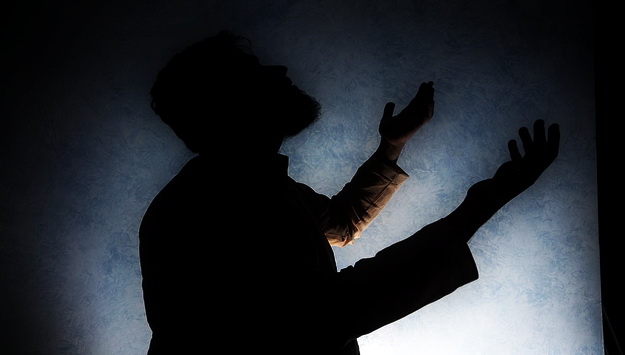


Assla Mulaikum
I have linked this wonderful post in my weblog.
May Allah bless all of us with Glad Tidings.
regards,
Kyaw Kyaw Oo
Salamalayakum,
Please I am in search of song which people sang when our prophet first enter in the madina from mecca and also its meanings…..
Allahhafiz…
When our beloved prophet (SAW) came to Madinah, the people of Madinah sang this nasheed: Tala al badru alaina to welcome our holy prophet (SAW).
You can listen to this nasheed at http://navedz.wordpress.com/2009/03/03/nasheed-tala-al-badru/
Allah Hafiz
hi amjad,
Thanks for raising this question, its a co – incidence that i was even searching for this song. . . .People loved that person and kissed him who seen first that our beloved Prophet Muhammed SAW entering Medinah with his Camel.
I really cry after hearing the love of people for our Prophet Muhammed SAW .
Allah humara imaan per khaatma karey
Thanks naved for sharing this information
hearty thanks
Brilliant photographs and writeup. Very inspiring ,educative and informative.
My gratitude to all muslim sisters and brothers who are upholding islamic traditional vaules without unnecessary reform or change.
May allah bless all muslim sisters and brothers who are true to this great human religion.
send all makka and madina masjid
I don’t know If I said it already but …Cool site, love the info. I do a lot of research online on a daily basis and for the most part, people lack substance but, I just wanted to make a quick comment to say I’m glad I found your blog. Thanks
The endeavor is really praiseworthy which reflects the intension to extend information and devotion of the people associated with the job. My humble request will be to uptodate it periodically so that developmental aspect of infrastructure as well as spiritual is depicted to the umat and world at large.
i like this website. i came on this website to print masjid un nabawee pictures for my project
Great site with lots of informations ..!
keep it up and I would like to welcome to see some photos of The Holy Prophet’s Mosque.
http://www.flickr.com/photos/noushadali/
Thank you brother. I have already used a few of your photographs (with reference to you), and with this comment, actually feel more encouraged to use more in future. Believe me… your photographs are among the most beautiful ones that I come across.
Regards
Naved Zia
assalamualikum
how can i download the video from any site, pls inform
i need english commentry instead of urdu.
Un ki Mahak na Dil ka Gunchay khila dia han
Jis Raah chal gaayen han Kochay Bassa diye han
Jab aa gaaee han Rahmat pay un ki Annkhan
Jaltay Bujay diaa han Rotay Hansa diaa han
Allah kia Jahannum abb bi na Saard ho ga !
Roo Roo kay Mustafa (saaw) na Darya Baha diaa han
Marray Kareem say gar Qatra kissi na manga
Darya Baha diaa han Durr Ba Baha Diaa han
thnxs for this site its a big help i just have 1 ques how big is the mosque now?
I love this
i love this too.
I like this website.
??? ??? ??? ?????? ?????.
??? ??? ???.
Masha allah this site gives better kowledge of holy city & mosque
?????? ??????? ???? ?? ???? ?????? ????
Great history of Masjid Al Nabvi you describe everything about it. It’s very heart touching am very thankful to you. You did not leave anything and also provide the video which is very useful and valuable. This post is very great information for the people who don’t know very well about that masjid and they want to know so this blog is very useful for that.
assalamu alaikum””””” have a greatest information on this site to those whom ever knows this stories but pls can be translated ni english pls”””” thanks for this website””””
the most greatest history of masjid al nabvi”””””’
I was blessed to answer the call for Hajj this year, and spent 9 days in Medina. During my stay there, I was surprised to see the irreverent crowding and pushing during the rituals to give salaam to the Prophet pbuh. I did not feel that these rituals constituted a true religious experience. I resolved to keep my reverence simple: say my salaam to the Prophet, pbuh, and concentrate on Allah’s message. During my stay I read the Quran in this mosque on dozens of occasions. When I noticed that I was reading surah Muhammad, sitting about 100 feet from his tomb, I thanked Allah for the gift of being able to read this chapter in this mosque near this tomb, and I reflected on the verse that says that Allah and his angels send peace and blessings upon Muhammad, pbuh. And it was while I read the first of four pages that make up this chapter that the sun shined on the Quran that I was reading, for the only time during that 9 days. I have this minor miracle to myself, I would have a hard time believing it if anyone else had related this story to me. I am most thankful to the Creator that he allowed me to feel the esteem in which Muhammad pbuh is held by Him and His angels, without the intrusion of the inappropriately irreverent masses.
I was at first taken aback by the size and opulence of this masjid, but this is truly a place that encourages reflection on the sheer scale of how far Islam has travelled to affect so many people through the centuries.